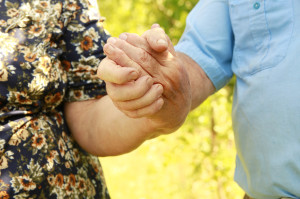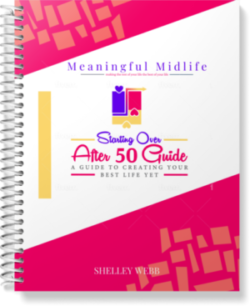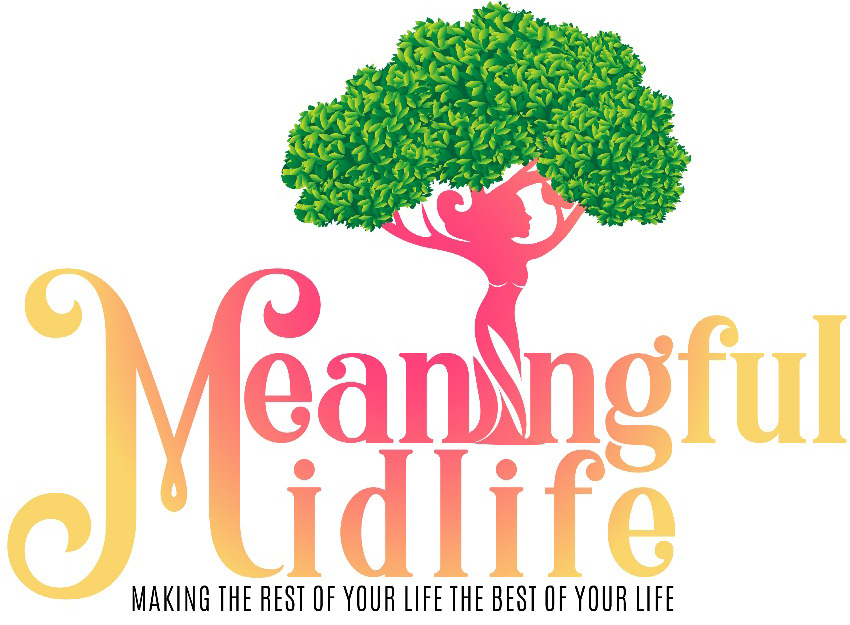 Looking back on my career as a caregiver, I marvel at the number of levels of care (and a subsequent level of stress) I had to maneuver through, remembering how at every level I’d say to myself, “I can’t take this stress much longer.”
Looking back on my career as a caregiver, I marvel at the number of levels of care (and a subsequent level of stress) I had to maneuver through, remembering how at every level I’d say to myself, “I can’t take this stress much longer.”
The first level was “The Realization” that something was very wrong with my husband and accepting responsibility for taking action despite his protestations. That meant calling an ambulance to take him to the emergency room. Then, for me, it was time to “Keep Calm and Carry On,” while life at the hospital swirled around us. I was being asked to sign forms right and left giving permission for this or that, since I was Steve’s health care proxy, and with every signature I became more and more aware of the extent to which his life was in my hands—very stressful.
The second level was the “Wait and See” phase—as caregivers, waiting is a fact of life. We wait for test results, for surgeries to be over, for doctors to return our calls. We learn to sit in waiting rooms for hours and hours, remaining calm and reassuring our patient to keep calm. “Everything will be alright” tripped lightly off my lips hundreds of times, but I had no idea if that was, in fact, the case. The truth is, you feel like you’re jumping out of your skin—deep cleansing breaths helped me through this phase.
The next level was “Living With the Unexpected,” as in “He’s been diagnosed with…” and upon hearing it, the impact sent me reeling. It’s amazing how often the problem that brought you to a doctor becomes something totally different and much bigger. Steve’s hospitalization for peritonitis became “When we did our CT scan for the stomach, we found lung cancer.” We’d already weathered a lengthy surgery and a week-long induced coma, only to be told “Wait—there’s more!” This literally knocked the wind out of us and took me to the next level: “Rallying the Troops”—the virtual soldiers that live inside my head and come together to get things done in a crisis: What do I need to do first? Who do I have to call? What do I have to have in the house? How can I do this alone? Who can I ask for help? What’s next? How will our lives be changed? How long does he have to live?
It felt like the complete burden of responsibility was going to be on me—and it was. Steve was, of course, the one whose life was in jeopardy…that didn’t mean I wasn’t living with his disease and constant worries—and these worries had no place to go; I certainly couldn’t discuss my fears with my husband in these early stages. As caregivers, our minds often take us to a worst-case scenario and we mentally juggle all the “What if’s” that go unanswered and add to our level of stress.
I am lucky to be someone with a “take charge” nature—just short of being a control freak, but very capable—and I was lucky that “performing well under pressure” topped my skill set; falling apart would have to wait until the worst periods of stress were over. The pressures of caregiving crystallized my sense of good judgment—lists, charts and all manner of organizing tools made me feel more secure that I wouldn’t forget to buy or do anything regarding my husband’s care. This, of course, included his state of mind as well as his physical condition. There was also the responsibility of “doing my homework” to learn as much as I could about the disease and to find the best doctors to care for Steve. The internet was my go to reference tool—first for Steve’s well-being and then, ultimately, for mine. There is a wealth of information and more support than you might initially think, including the type of care charts I mentioned.
The next level was finding “The New Normal.” We learned to live fully from day to day, without letting fear paralyze us. Caregivers generally put the patient first and think of themselves as afterthoughts. We’re tired of hearing “You know you have to take care of yourself first, because if anything happens to you…” We know this already! And, it’s easier said than done. We’re at the point where we’ve accepted the situation and need to balance our lives accordingly—we’ll get around to taking care of ourselves to whatever extent we can.
Some patients get well. Some don’t. Some go into remission but know whatever it is may come back. It’s hard living with this hanging over our heads. In my case as in many, the next level is “Pre-Grieving.” Whether we’re grieving for the life that was and will never be the same again, or for the anticipated loss of a loved one. While we’re going through a mourning phase, we generally have a brave front that we present to the world. So what can we do with all the feelings coming up? Some of us will be able to get therapy, either privately or through the primary facility managing our loved one’s care, but all of us can find a pencil and paper and jot how we’re feeling down. Journaling is an excellent way of alleviating your stress level. By writing down the day’s events, how you experienced them and what you’re feeling as a result of them, you’ve taken a step to “unload” the weight of the burden you bear. It won’t make reality go away, but it will make it easier to cope.
The last level is “Living with Loss.” For me, as for many others, that meant losing the person we were caring for. For others, it’s losing the way of life you used to live. Our pre-grieving has equipped us for this, but only to a degree. Nothing can prepare us for the reality of finality. There will be those who feel the end is a blessing; that their loved one has suffered enough; but they will still grieve. I was as prepared as I could be for Steve’s death and had reconciled myself to experiencing grief. I encourage you to allow yourself a mourning period and not to feel stressed over the time it takes to “get over” your loss. There is no fixed timetable for experiencing heartache; this doesn’t mean you don’t get on with your life, because you will; but the pain is still present. Give yourself permission to feel however you want to feel without guilt.
Caregiver stress will never be a non-issue, but you can see that by accepting the reality that you can’t control everything and examining exactly what you can do will help you keep it in check. I recommend breathing exercises, writing and of course, finding either a face-to-face or online support community. No matter where you are in your caregiving journey, these simple and free practices are sure to provide some relief. And always remember, you’re not alone.
LEARN TO LOVE YOUR LIFE AGAIN
 Do you feel like you need to hit the REFRESH button on your life? Download our free guide and begin to create your best life yet!
Do you feel like you need to hit the REFRESH button on your life? Download our free guide and begin to create your best life yet!



oh thank you so much. i am in tears writing this but it has helped me a lot,
I hope they will end up being good tears. Blessings.
Everything you said is so true. My husband has dementia and I feel like I am constantly in the pre-grieving mode. It is progressing and he has other health problems. We are 5 years into this. Some days I get through easily and some days I can’t wait for the day to end. Thank you for letting me know that I am feeling the same things as others are in my situation.
All i can say is thank you for this valuable information. My husband has been diagnosed with dementia about 3 or 4 years back, while already suffering from diabetes. I feel crushed and defeated sometimes but i can’t have a pity party because I am not alone. I don’t know where to find the help I need. What is the first step? I see a new situation or something I read about in the book about the 36 hour day. Thank you for sharing .
Hi Bessie,
I’m so sorry. Dementia is such a sad disease. If you’re interested, I moderate a group of family caregivers on Facebook. We have over 5000 members, many who are caring for loved ones with dementia. You can find the group here: https://www.facebook.com/groups/519703424844168
Also, check with your local Alzheimer’s Association. They often have support groups in the area. I found the group to be very helpful when I was caring for my father.
Thank you for sharing. My husband has Frontemporal Dementia. And is now in his 10th. Year. He was diagnosed in 2013 at age 52. It has been challenging. But, I find having a good sense of humor is so important and has gotten us thru some tough times. I just wanted to share that with you.
Thank you, Gina. 52 IS very young, even for early onset or frontotemporal dementia. A good sense of humor really helps.
I am so glad to read these stories! Im going to join the Facebook group today. My story is similar to Bessie’s – my diabetic husband was diagnosed with dementia in 2019. He golfed 3 times a week and managed his own medications and diet. Now we are together 24/7 and I manage everything.
I always try to be grateful for what he .is still capable of doing, even when it’s messy, or not part of my plan. We have supportive family and moved to be around the corner from my sister
You’ll love the Facebook group! They are very supportive and empathetic people.